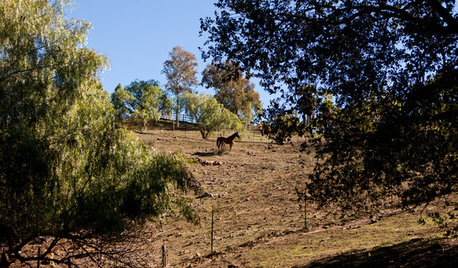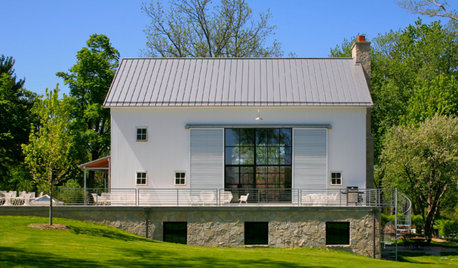I rescued irises- now what?
lilangel181
14 years ago
Related Stories

ECLECTIC HOMESHouzz Tour: Design Harmony for an Animal Rescue Ranch
Once dark and slapped together, this Malibu home now has balance and connection while keeping its jeans-and-boots comfort
Full Story
HOME TECHTech to the Rescue: How to Get Stolen Gadgets Back
Catch any crook who dares steal devices from your home with recording and tracking technology that's easy to use
Full Story
ARCHITECTURESaving Grace: Reconstruction Rescues a Michigan Barn
Working-farm rustic goes stylishly modern, thanks to the loving reinvention efforts of a determined homeowner
Full Story
HOUZZ TOURSMy Houzz: Rescue Success for a Historical Rotterdam Home
A neglected three-story apartment becomes a strikingly modern family home with swinging hammocks and clever storage solutions
Full Story
TRADITIONAL HOMESHouzz Tour: Historic Coastal Home Is Rescued From Neglect
A designer lavishes TLC on a splendid Normandy revival house in Laguna Beach, embracing its original style in the renovation
Full Story
HOUZZ TOURSMy Houzz: Rescued New Jersey Victorian
Five years and one major renovation later, a historical home finds its place in the present
Full Story
PETSHouzz TV: Watch These Rescued Cats Make a House Their Playland
Spirals, catwalks, tunnels and platforms create a superhighway inside this home in Southern California
Full Story
HOUZZ TOURSHouzz Tour: Creative Design Moves Rescue an Island Cottage
Facing down mold and nicotine, two industrious Canadian designers transform an uninhabitable wreck into an artful getaway
Full Story
10 Ways Symmetry Can Rescue Your Room
Balancing elements of your decor can add drama, unify a collection or downplay a TV screen. Here’s how to do it
Full Story
PRODUCT PICKSGuest Picks: Superhero Stuff to the Rescue
Vanquish a lackluster look with decor that draws on comic books and caped crusaders
Full StorySponsored
Leading Interior Designers in Columbus, Ohio & Ponte Vedra, Florida






aliska12000
mad_gallica (z5 Eastern NY)
Related Professionals
Birmingham Landscape Architects & Landscape Designers · Lakewood Landscape Architects & Landscape Designers · Mountain Brook Landscape Architects & Landscape Designers · Clayton Landscape Contractors · Concord Landscape Contractors · Fairfield Landscape Contractors · La Vista Landscape Contractors · Round Lake Landscape Contractors · Saint Paul Landscape Contractors · San Pedro Landscape Contractors · Wallingford Landscape Contractors · Whittier Landscape Contractors · Wilton Landscape Contractors · Greenfield Landscape Contractors · Ansonia Landscape Contractorsaliska12000
irisfan_grower
regattagirl
iris_garfield
berrytea4me